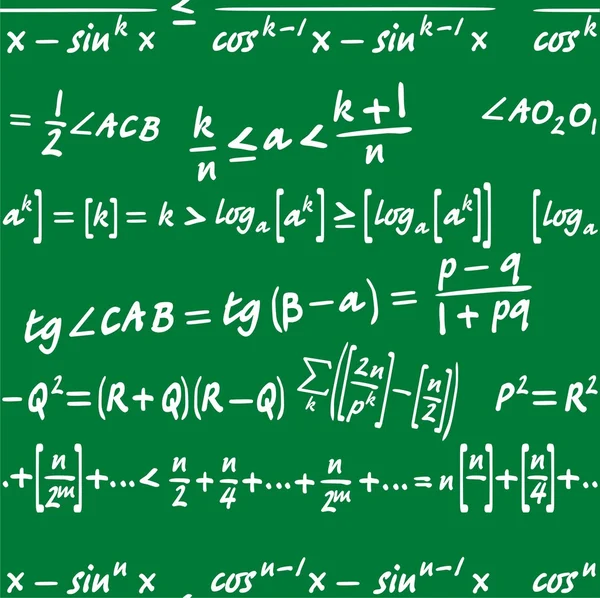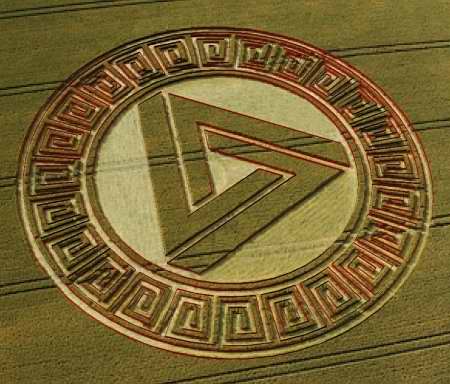1. Squares of numbers from 26 through 50.
Let A be such a number. Subtract 25 from A to get x. Subtract x from 25 to get, say, a. Then A2 = a2 + 100x. For example, if A = 26, then x = 1 and 1375/5 = 2750/10 = 275. Hence
262 = 242 + 100 = 676.
Similarly, if A = 37, then x = 37 - 25 = 12, and a = 25 - 12 = 13. Therefore,
372 = 132 + 100·12 = 1200 + 169 = 1369.
Why does this work?
(25 + x)2 - (25 - x)2=[(25 + x) + (25 - x)]·[(25 + x) - (25 - x)] = 50·2x = 100x.
2. Squares of numbers from 51 through 99.
The idea is the same as above.
(50 + x)2 - (50 - x)2 = 100·2x = 200x.
For example,
32 = 372 + 200·13 = 1369 + 2600 = 3969.
3. Squares of numbers from 51 through 99, second approach (this one was communicated to me by my late father Moisey Bogomolny).
We are looking to compute A2, where A = 50 + a. Instead compute 100·(25 + a) and add a2. Example: 572. a = 57 - 50 = 7. 25 + 7 = 32. Append 49 = 72. Answer: 572 = 3249.
4. Squares can be computed sequentially: (a + 1)2 = a2 + a + (a + 1).
For example,
1112 = 1102 + 110 + 111 = 12100 + 221 = 12321.
5. In general, a2 = (a + b)(a - b) + b2.
Let a be 57 and, again, we wish to compute 572. Let b = 3. Then
572 = (57 + 3)(57 - 3) + 32,
or
572 = 60·54 + 9 = 3240 + 9 = 3249.
6. Squares of numbers that end with 5.
Let A = 10a + 5. Then
A2 = (10a + 5)2 = 100a2 + 2·10a·5 + 25 = 100a(a + 1) + 25.
For example, compute 1152, where a = 11. First compute 11·(11 + 1) = 11·12 = 132 (since 3 = 1 + 2). Next, append 25 to the right of 132 to get 13225! Another example: to compute 2452 let a = 24. Then
24·(24 + 1) = 242 + 24 = 576 + 24 = 600.
Therefore 2452=60025. Here is another way to compute 24·25:
24·25 = 2400/4 = 1200/2 = 600.
The rule naturally applies to 2-digit numbers as well. 752 = 5625 (since 7·8 = 56).
7. Product of 10a+b and 10a+c where b+c = 10.
Similar to the squaring of numbers that end with 5:
(10a + b)(10a + c) = 100a2 + 10a·(b + c) + bc = 100a(a + 1) + bc.
For example, compute 113×117, where a = 11, b = 3, and c = 7. First compute 11·(11 + 1) = 11·12 = 132 (since 3 = 1 + 2). Next, append 21 (= 3×7) to the right of 132 to get 13221!
Another example: compute 242×248, with a = 24, b = 2, and c = 8. Then
24·(24 + 1) = 242 + 24 = 576 + 24 = 600.
Therefore 242×2422=60016.
8. Product of two one-digit numbers greater than 5.
This is a rule that helps remember a big part of the multiplication table. Assume you forgot the product 7·9. Do this. First find the access of each of the multiples over 5: it's 2 for 7 (7 - 5 = 2) and 4 for 9 (9 - 5 = 4). Add them up to get 6 = 2 + 4. Now find the complements of these two numbers to 5: it's 3 for 2 (5 - 2 = 3) and 1 for 4 (5 - 4 = 1). Remember their product 3 = 3·1. Lastly, combine thus obtained two numbers (6 and 3) as 63 = 6·10 + 3.
The explanation comes from the following formula:
(5 + a)(5 + b) = 10(a + b) + (5 - a)(5 - b)
In our example, a = 2 and b = 4.
























